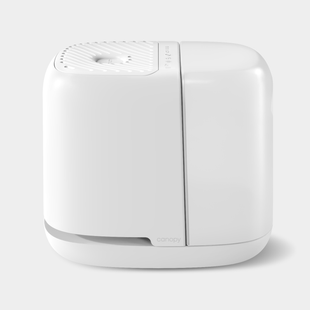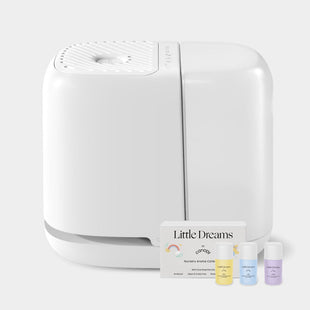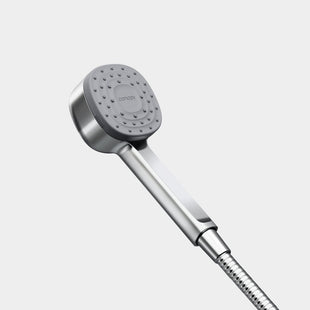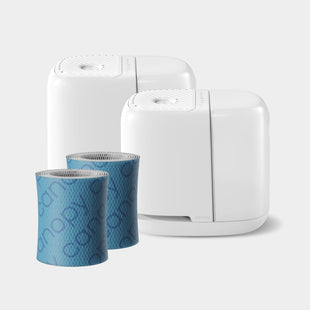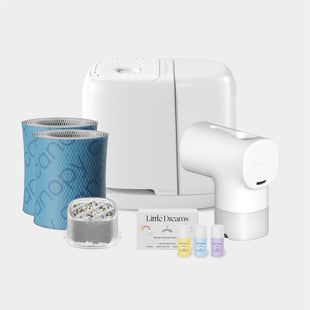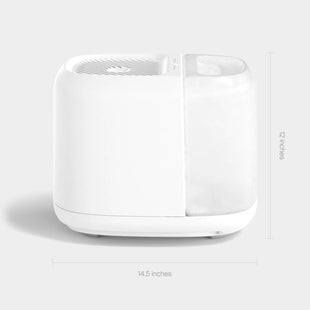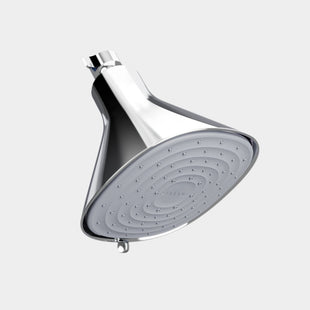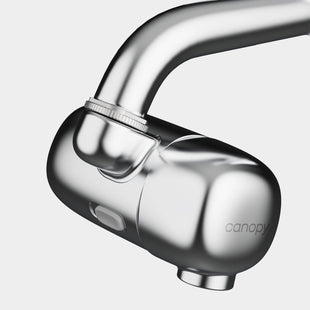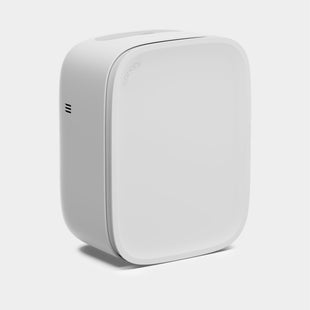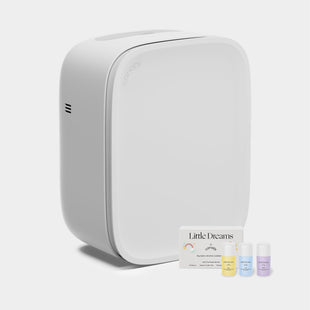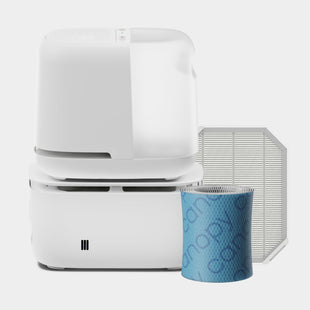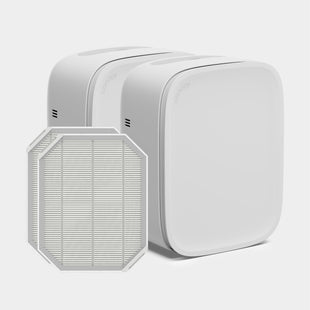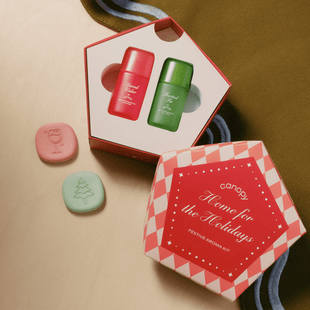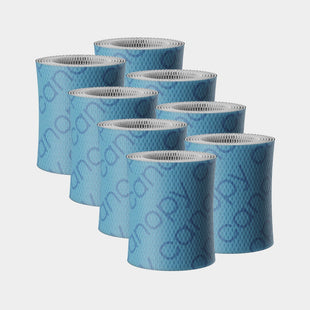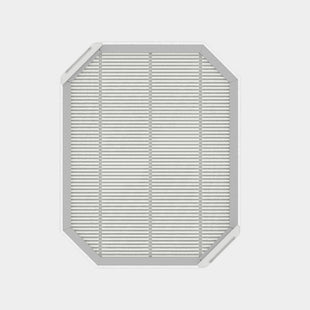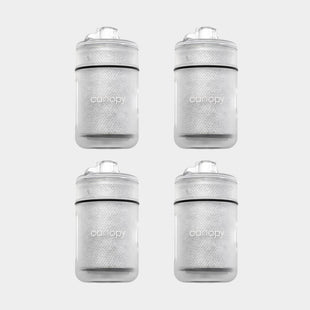How do you water indoor plants while on vacation? How do you ensure your picturesque garden remains, well, picturesque while you leave your plants for 2 weeks on a work trip? Do not fret.
There are plenty of ways to ensure your precious potted plants remain safe, happy, and healthy whilst you trapeze across America on a great adventure. You can make these DIY plant waterers with materials gathered from around your home. Or, if you are short on time, you can invest in one of our recommended commercial alternatives.
Whether you are leaving your plants for 2 weeks or 2 days, our plant guide will give you peace of mind and give your plants the water they so desperately desire.
First, Answer These Questions
Not all DIY plant waterers are created equal. There are a few, simple questions you need to answer before choosing the best solution for your self-watering needs. These include:
- How long will you be gone?
- What time of year will you be gone?
- What type of plants do you have?
- Where are your plants located?
Let’s explain why each of these questions will help you to determine which self-watering technique is best for your time away.
How long will you be gone?

First and foremost, you need to establish a clear timeline for your vacation, work trip, or unexpected travel. If you are leaving your plants for 2 weeks, the most effective self-watering technique will look different than if you were leaving your plants for 2 days.
If you are leaving your plants for less than a week, a thorough watering the day before you leave should be sufficient to keep your plants healthy while you are gone. Climate and time of year influence this statement, however, so be sure to take note of when you will be gone and the projected weather forecast to prevent dehydration. More on this in the next two sections.
What time of year will you be gone?
You may be reading this article in preparation for a big trip months from now. Or, you may be tying up loose ends before you leave tomorrow morning. Regardless of your timeline, it is important to note the time of year you will be away from your plants to determine the level of care they will need while you are away.
No stress if your trip is scheduled during the fall or winter months; at this time, your plants require less maintenance since cooler temperatures prevent the soil from drying out too quickly. It is important to note that the dry, frigid air that accompanies the winter months could dehydrate your humidity-loving tropical indoor plants; it is best to run a humidifier on low while you are away to prevent foliage decay.
If your trip is scheduled during the summer months, both indoor and outdoor plants require more water to prevent dehydration.
What type of plants do you have?
The type of plants you have in your home or your garden will largely determine the best DIY plant waterer to implement while you are away to keep them healthy and strong.
Succulents and cacti plants originate from climates with dry air and infrequent rainfall; as a result, these types of plants store water in their roots, stems, and leaves to prevent dehydration. Give your succulents and cacti a nice drink of water before you leave for your trip and they should be good to go for the entirety of your time away.
In order to thrive, orchids require their roots to completely dry out between waterings. As with succulents and cacti, it is best to leave your orchids alone while you are away. Vegetable gardens and indoor herbs, on the other hand, require more maintenance than other plant types. You will need to attend to these types of plants with a keener eye.
If time permits, closely monitor and make note of how much water each of your plants requires over the course of the week prior to your trip. This will help you to determine the best DIY plant waterer for your individual plant needs.
Where are your plants located?

Indoor plants located next to a window with ample sunlight may need to be moved to a shadier spot while you are away, especially if you will be gone during the summer months.
For outdoor, potted plants, you may want to move them to a naturally shady spot like under a tree or next to oversized shrubbery. Avoid placing your plants under a house overhand or awning since this will prevent any natural rainfall from hydrating your plants.
How to Water Plants While on Vacation (or a Work Trip)
Alas, the big reveal… How do you water your plants while on vacation?
We have a few pro tips using materials you can find around your home.
Pro Tip #1: The Water Wick
The water wick method is particularly effective for indoor plants, and is recommended for plants that require moderate to light watering.
Follow these quick steps to create a DIY plant waterer that may give you flashbacks to your elementary school science class!
Step 1: Gather materials.
You will need a large water container and wicking material. A vase, a bucket, or a water jug will suffice for your water container, depending on the size of your indoor plant and how long you will be away from your home (the longer you are away, the larger the container). For your wicking material, you can choose from a cotton clothesline, nylon rope, twine, a clothesline, yarn, or cotton fabric cut into a long strip.
Step 2: Fill your water container with water and place it next to your plant pot.
Make sure to place this water container out of direct sunlight to avoid evaporation. The lip of your water container should be higher than the potted plant.
Step 3: Cut your wicking material to size and put it in place.
Make sure your wicking material is cut long enough to reach the bottom of your water container, up through the lip of the container, and into the soil of your potted plant. Place one end of your wicking material into the water container and the other end 3 inches deep into your plant’s soil.
Step 4: Watch in amazement.
The wicking material will slowly “wick” or draw up water from the water container and into the soil of your plant. The release of water will be constant, and keep your plants hydrated while you’re away.
Pro Tip #2: The DIY Drip System
If you have a plastic water bottle or a wine bottle handy, the DIY drip system is a fantastic self-watering option. Follow these simple steps to create a DIY plant waterer that will last for up to 1 week.
Using a Plastic Bottle

Any size plastic water bottle will suffice for this watering tactic. Drill or poke several drainage holes near the top of the water bottle.
Make sure to sufficiently water your plants before you place your DIY drip system into your plant to ensure moist soil to start. Fill your plastic water bottle with water and quickly dunk the top of the water bottle a few inches into the soil, enough to ensure that your drainage holes are covered. Pat the soil around your water bottle to ensure it is secure and will not fall over while you are away.
Note: if you are going away for a week or slightly longer, you may want to replace the water bottle cap on the water bottle to slow the rate of water released from the bottle.
Using a Wine Bottle
You can also use a wine bottle or a beer bottle (if you are going away for only a few days) for this method. No need to drill holes into your wine bottle, simply fill the container up with water and plunge into the soil.
Pro Tip #3: The Plant Bath
Doesn’t a plant bath sound so delightful?
This method is only effective if your plant pots have drainage holes and if your bathroom has natural sunlight, either direct or indirect.
Simply place an old towel at the bottom of the bathtub and fill the tub with a few inches of cold water. Rest your potted plants (with drainage holes) in the tub and let them soak up water from the tub as needed throughout your trip.
Pro Tip #4: A Plastic Bag Greenhouse
The plastic bag greenhouse method works best if you are leaving your plants for up to 2 weeks in duration. Be sure to follow these directions closely to prevent suffocating or frying your green friend.
First, water your plant thoroughly, making sure the soil has sufficient moisture throughout. Next, scrounge up a clear, plastic bag that is big enough to cover your entire plant. Add stakes to the plant soil large enough to prevent the bag from clinging to your plant foliage. Place the plastic bag around your plant, blowing air into the bag before tying to the base to further prevent the bag from clinging to your plant, and you’re done.
You have successfully created a mini greenhouse, which will catch water evaporation from your plant and recycle the moisture to keep the plant hydrated. Be sure to place your plant away from direct sunlight to avoid cooking your plant.
Short on Time? Popular Self-Watering Products

If DIY is not your “thing” you can purchase one of the following self-watering products to ensure your plant babies thrive while you’re away.
- Terra-Sorb. Terra-Sorb is a super-absorbent potting gel that helps to lengthen the time your potting soil will stay moist. For outdoor plants and shrubbery, you can add a layer of mulch to the surface of the soil to slow down the evaporation process.
- The Watering Globe. Watering globes or self watering stakes work similarly to the DIY drip system. Watering globes look like bulb syringes that you place into your soil. When your soil dries, it releases oxygen into the bulb, which subsequently releases the perfect amount of water into your plant. Watering globes can be used effectively on indoor plants.
- Self-Watering Pots. Self watering pots contain a small tray at the base that can be filled with water or traps excess water that runs through the soil. When your plant is thirsty, it draws water from the tray, keeping it hydrated without hassle.


